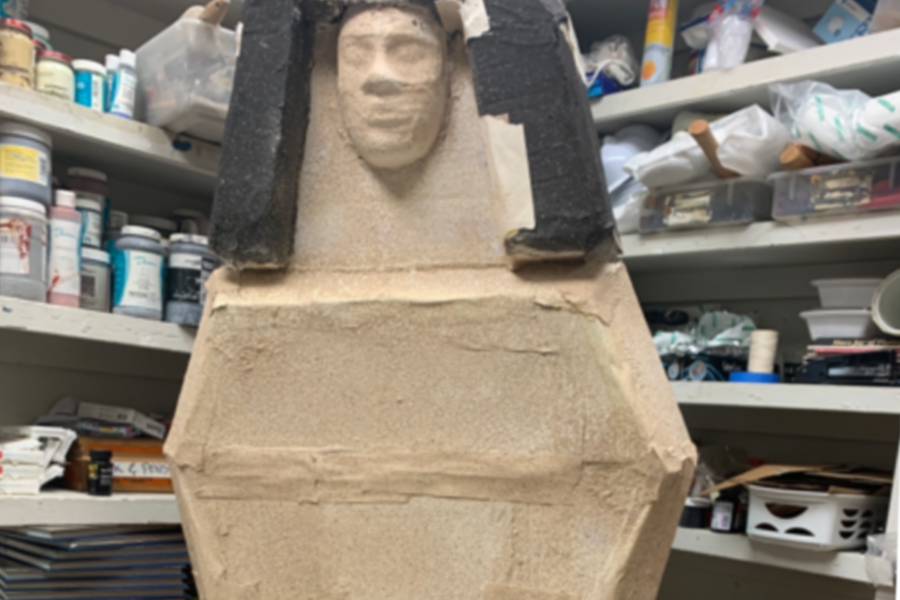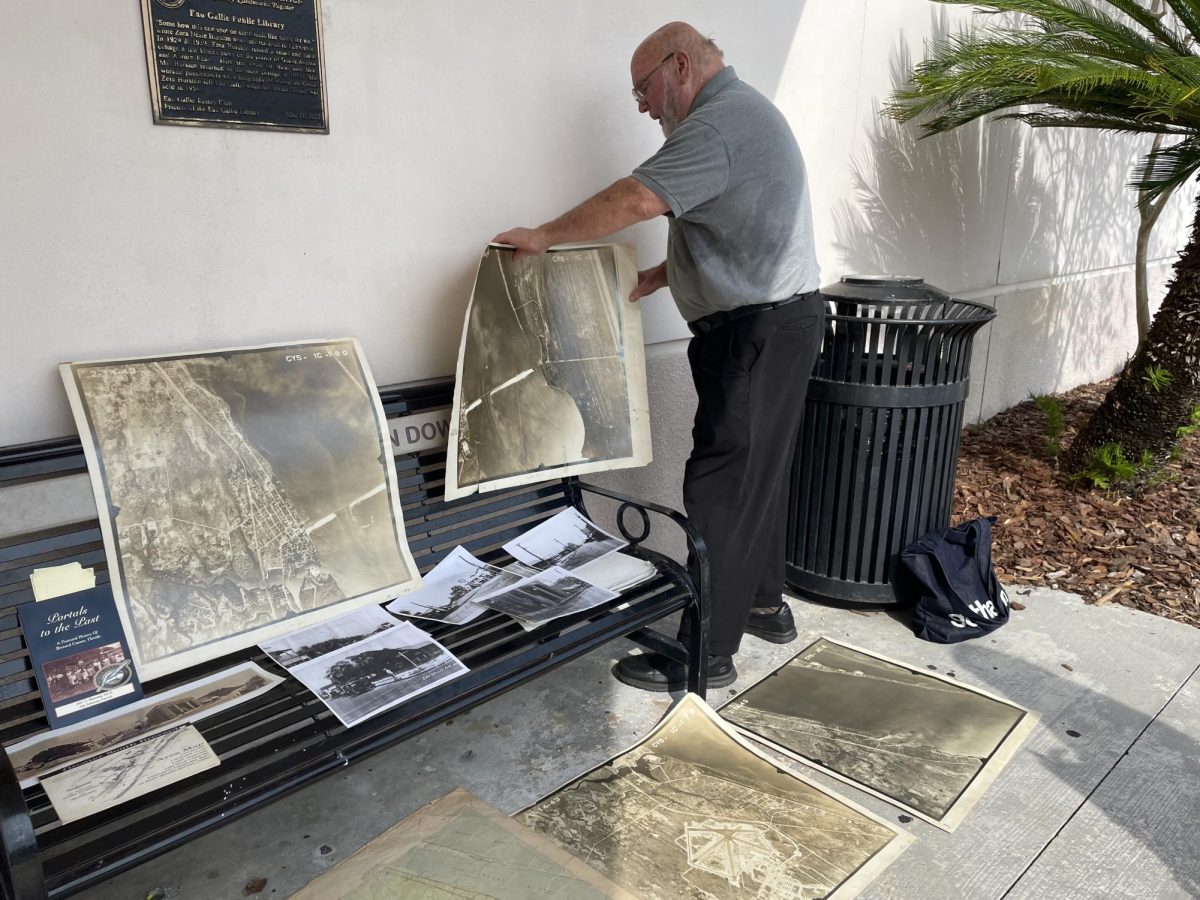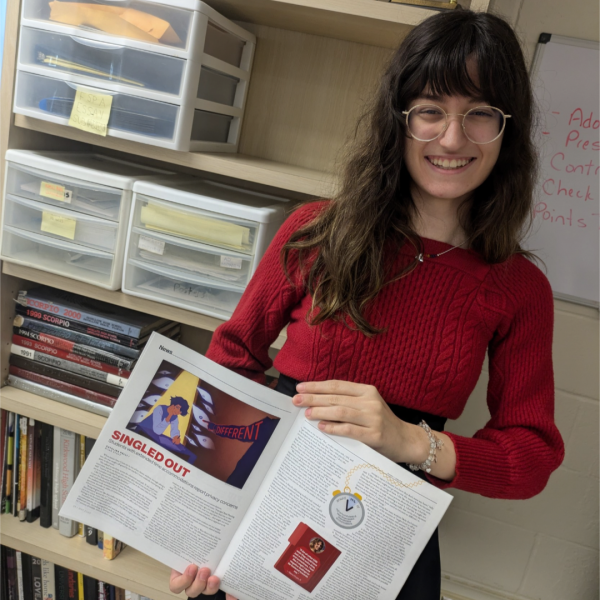In a state like Florida, where massive hurricanes and tropical storms can seem to be just a regular Tuesday afternoon, storm and flood waters are yet another aspect residents have to deal with as part of day-to-day life. Despite its seemingly-commonplace nature, though, stormwater runoff requires extensive management from local government institutions to prevent many of the problems it can entail. In Brevard County, Environmental Engineer Carolina Alvarez works on numerous projects throughout the Space Coast as part of the Stormwater Program in the county’s Natural Resource Management Department.
“Whenever it rains, the water runs off into the drainage system or directly into the Indian River and there’s pollution that goes into it,” Alvarez said.
Alvarez said the water quality projects are mainly to reduce those pollutants from entering the lagoon and the St. Johns River.
“A particular thing not many people understand is that we don’t actually manage the entirety of Brevard County. The city of Melbourne has their own area and the city of West Melbourne are what is known as incorporated areas, so they have their own departments, while we serve the rest of the county and its unincorporated zones,” she said.
Over 30 years ago, Alvarez migrated from her job at a wastewater plant design firm in Orlando to work near her then-fiancé in Brevard, moving in 1989, after being hired as a wastewater facility inspector for the county. Since this was prior to the founding of a stormwater department, Alvarez has witnessed government institutions change as they adapt to take better care of local wildlife.
“I know all the aspects of stormwater management since the inception of it,” Alvarez said.
Some time after Alvarez first got the job, her entire section was moved to the natural resources department, and their new director decided the county needed to start a stormwater utility.
“She was seeing what was going to happen in the future, that there was going to be money needed to do something about the stormwater,” she said.
In the past, storm and sewer water were combined, Alvarez said, until a new rule was adopted in the 80s that changed this process because they were previously discharging sewer water into beaches, lakes, and rivers. Her director had a vision.
“She took five of us from the natural resources department and created the stormwater utility. We had community meetings where we had to take it to the board of county commissioners for approval and it took like a whole year — we had to spend hours explaining to people what it was and why we needed to do this. And, you know, people were angry because they thought it was just another tax.”
Alvarez’s story is the story of how the utility department got started in the county almost 30 years ago. She has been connected to it from the start, and still is to this day.
“I got married, had a baby, moved to Louisiana for seven years, and then eventually came back in 2000,” Alvarez said. “When I came back, the utility was still there, and they hired me again.”



![Sophomore Isabelle Gaudry walks through the metal detector, monitored by School Resource Officer Valerie Butler, on Aug. 13. “I think [the students have] been adjusting really well," Butler said. "We've had no issues, no snafus. Everything's been running smoothly, and we've been getting kids to class on time.”](https://westshoreroar.com/wp-content/uploads/2025/08/IMG_9979-1200x800.jpg)




































